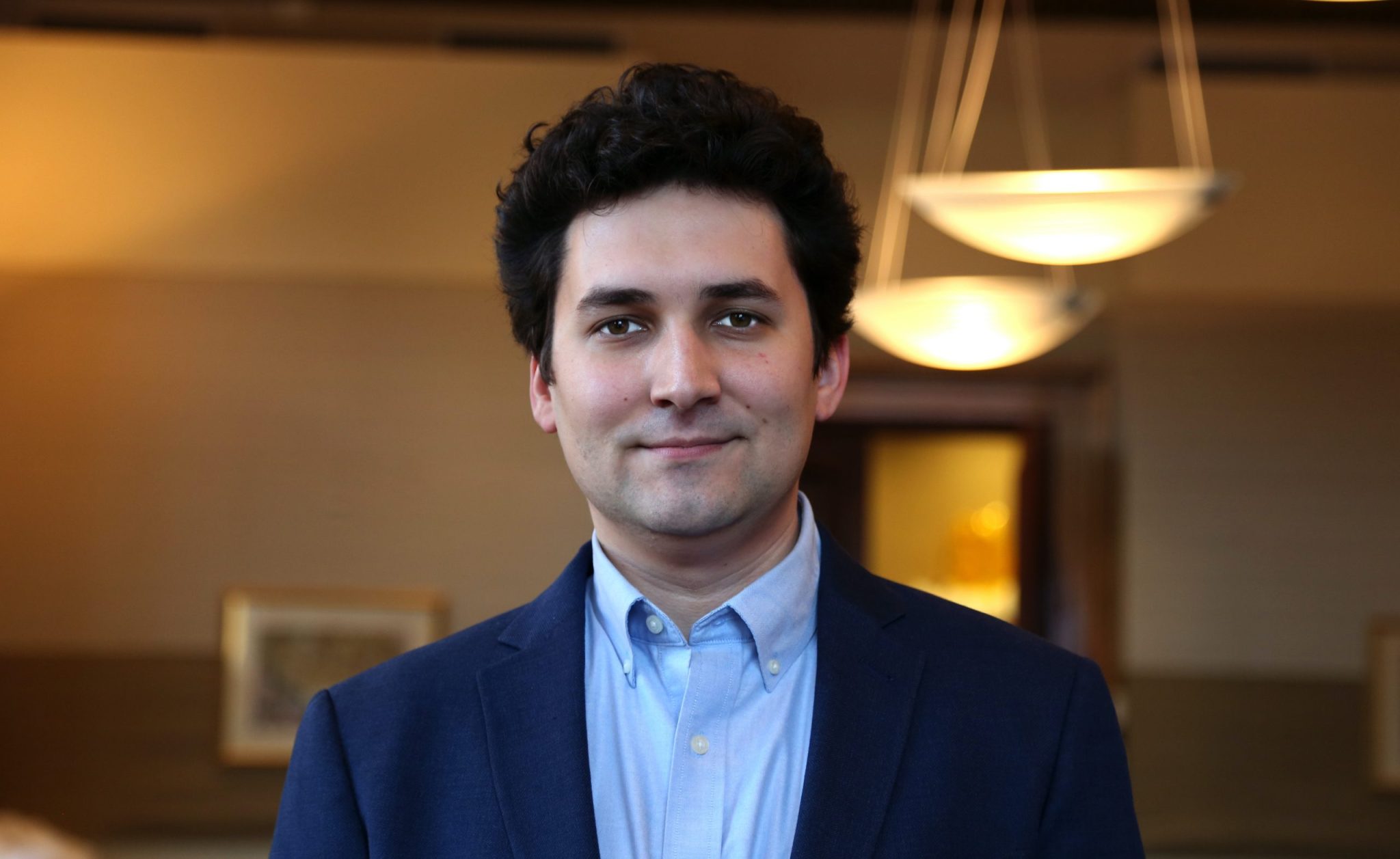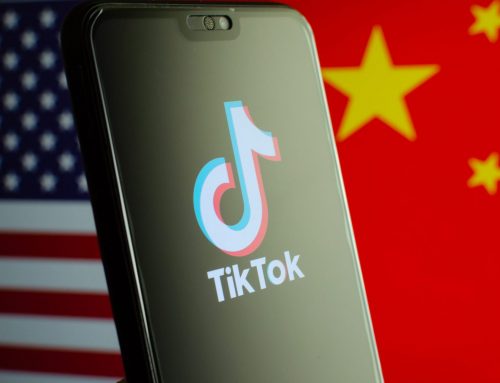In response to tech platforms’ more aggressive content moderation in the wake of the capitol riots (including Facebook and Twitter banning President Trump), RT has drilled down on the narrative of censorship, with isolated examples from other Russian state media and diplomats. Key elements of RT’s narrative suggest that the big tech companies’ actions portend further purges of alternative viewpoints (a talking point RT exploits in its own branding, including its recent #LeaveTwitterJoinTelegram hashtag campaign) and the idea that the companies are motivated solely by profits and have too much power. As has been the case for some time, Russian state media and diplomats continued to emphasize positive news about the Sputnik V vaccine, with the announcement of Venezuela’s registration of the Russian vaccine receiving particular attention. The narrative that there is geopolitical bias against Russia’s (and China’s) vaccines remained, with some articles suggesting that Russia’s vaccines are overcoming this bias and the country merely wants to help the world. Russian state media also inflated the temporary restriction of Sputnik V’s Twitter account on January 14, with at least one article describing Virginia, the announced source of a suspicious login attempt, as “the US state adjacent to Washington, DC and the home of the CIA and the Pentagon.” Finally, Russian state media continued to highlight reports of deaths following vaccinations with the Pfizer vaccine, a pattern observed with Chinese state media as well.
Beyond vaccine distribution coverage, Chinese state media and government officials doubled down on a controversial tweet (later removed by Twitter) from the Chinese embassy in the United States that claimed the CCP’s actions in Xinjiang were justified and benefited Uighur women. CCTV’s coverage of the Foreign Ministry’s response to the offending tweet was the second-most viewed Chinese state media output on YouTube last week, and it was one of several video segments and articles pushing back on the West’s depiction of Xinjiang. Most notably, China Daily released a short video purporting to deconstruct a BBC reportage in Xinjiang. In an awkwardly scripted segment, two young China Daily reporters accuse the BBC of “making things up” and of being “fake news.” Several state media outlets and Chinese diplomats also referred to reports of forced labor and mistreatment of Uighurs in Xinjiang as the “lie of the century”—a line used by China’s propagandists since at least March 2020. In its ongoing coverage of the riots at the U.S. capitol, Chinese state media outlets mirrored their Russian counterparts in focusing on big tech’s decision to de-platform President Trump, alleging U.S. hypocrisy in its support of free expression. Finally, Chinese state media outlets provided extensive coverage of anticipated violence around the inauguration of President-elect Biden to make the implicit and explicit point that U.S. exceptionalism is, and always has been, a myth.
Similarly, Iranian state media provided extensive coverage of the fallout from the January 6 riots, as evidenced by the fact that “Trump” was the top keyword last week among Tehran-linked accounts tracked by the dashboard. Like its state media counterparts, Iranian state media also highlighted big tech censorship, accusing Democrats of using the unrest to crack down on dissent. Continuing with vaccine-related themes promoted by Russian and Chinese state media outlets, Iranian state media last week sensationalized reports of risks associated with Western vaccines while providing glowing coverage of Iran’s nascent indigenous vaccine. This follows the Supreme Leader’s abrupt ban on vaccine imports from the United States, U.K., and France, which triggered a dramatic spike in the Iranian press’ negative messaging about Western vaccines.
The views expressed in GMF publications and commentary are the views of the author alone.








